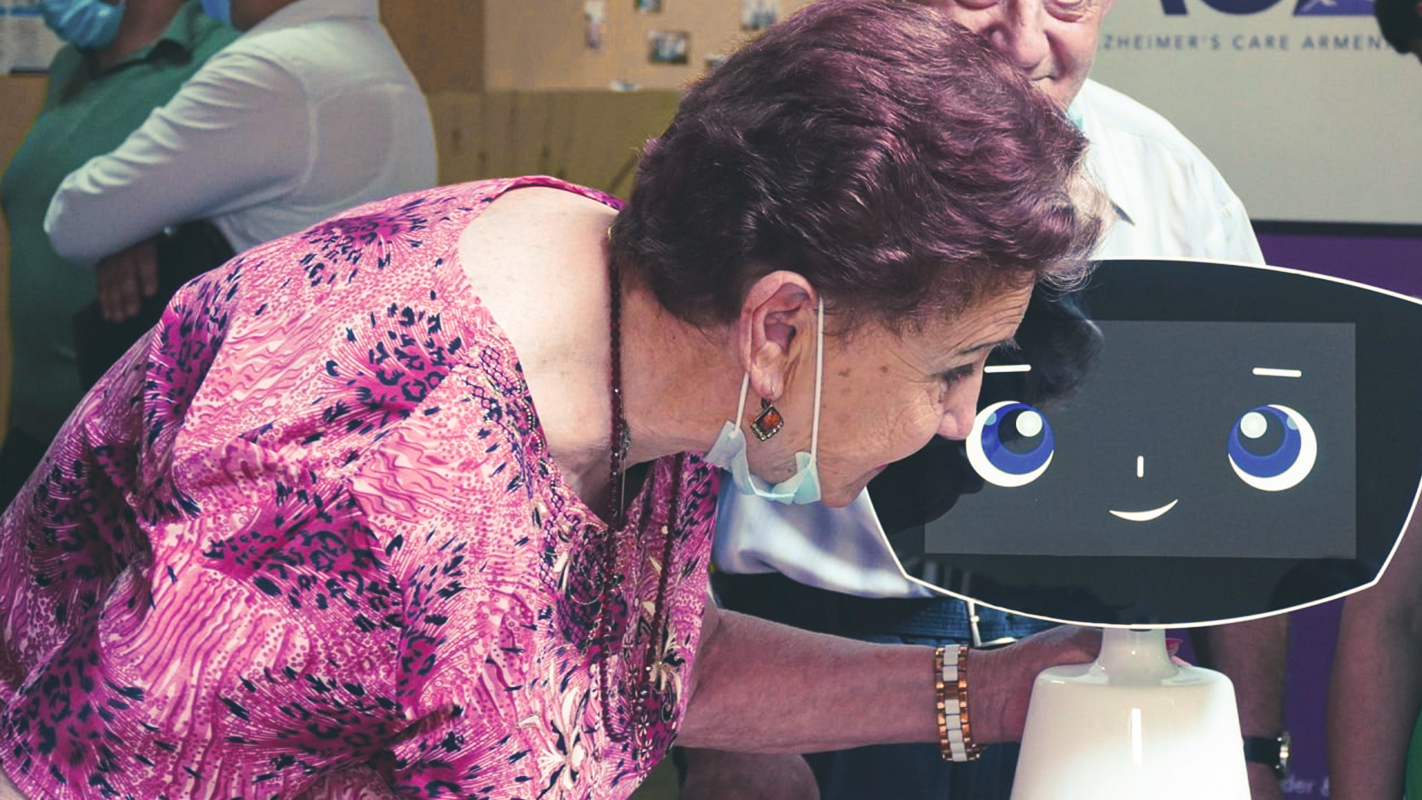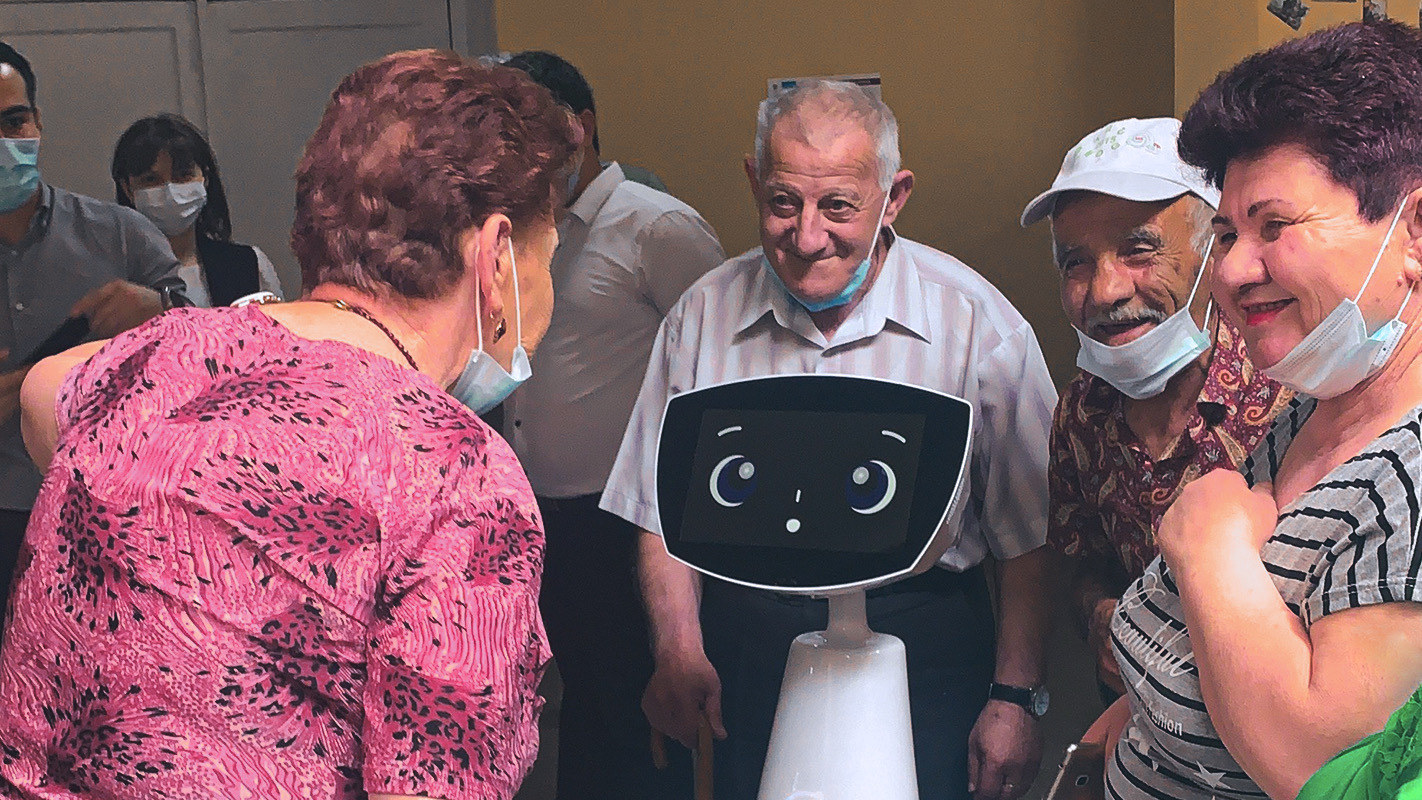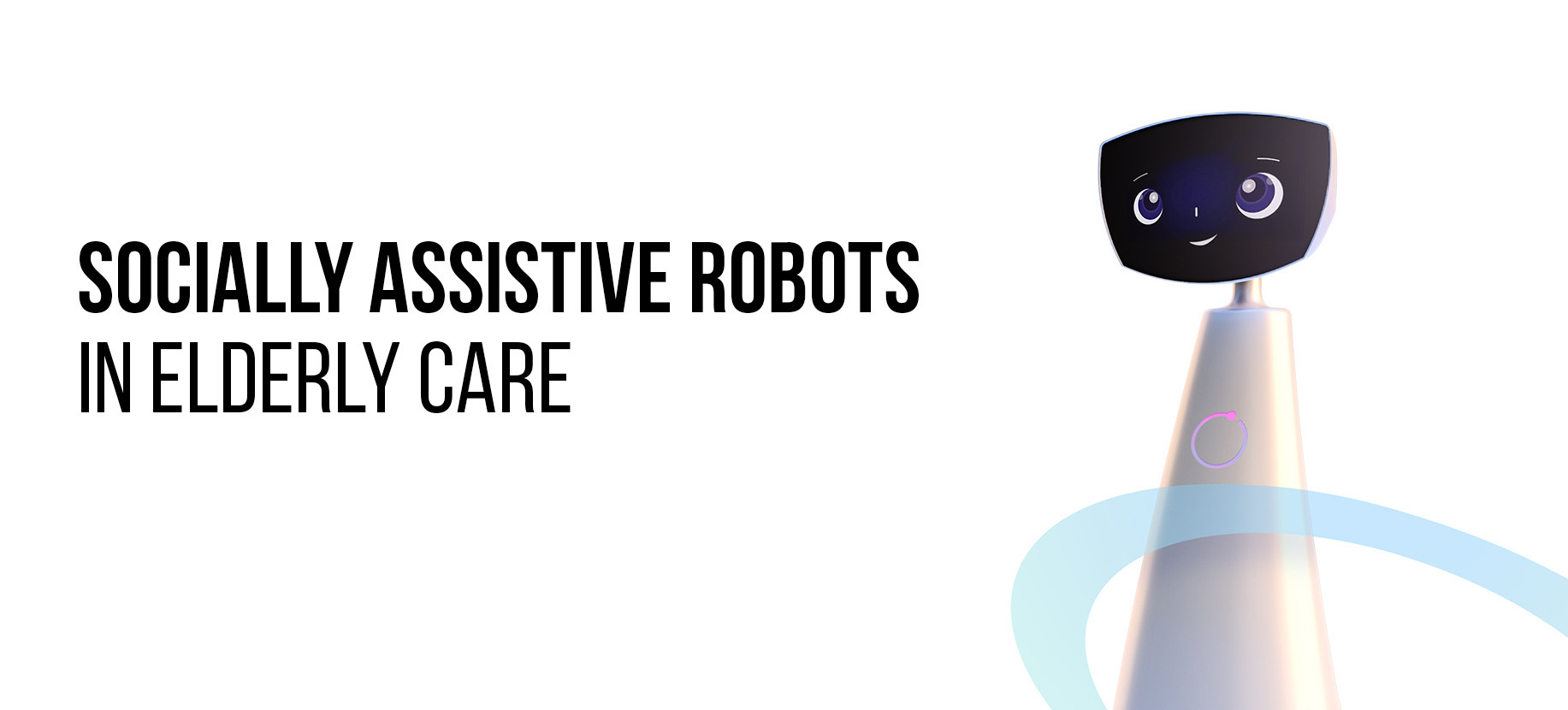The Role of Socially Assistive Robots in Elderly Care
Artificial Intelligence (AI) has pervaded many facets of society today. The social robotics field seeks to expand AI's capabilities by creating socially assistive robots that can make decisions based on human interaction and respond to it. The objective of social robotics is to fit into everyday human life. Medical settings, schools, homes, and workplaces can benefit from social robots and their interactions.
Currently, the field has aimed to create robots that can understand and assist individuals. We want these robots to fill in specific gaps that are needed in society. In order to successfully create these robots, scientists carefully consider how to make them predict human behavior and how to get humans to want to engage with them consistently. To do this well, developers have been creating robots that can learn from us and adapt to our behaviors as we teach them.
The development and successful deployment require an enormous effort from the fields of engineering, artificial intelligence, and psychology, covering areas such as face recognition, action and intention, prediction, and speech recognition. As technology advances, developers are able to create more complex algorithms that can integrate these concepts.
At the turn of the new decade, tech companies have shifted their attention to the healthcare industry, wanting to assist by offering solutions to global issues, such as the rapidly aging population.
People worldwide live longer; most are expected to live into their sixties and beyond. According to World Health Organization estimates, more than 1 billion people over the age of 60 are rising to 1.4 billion by 2030 — that's one in six people, requiring another 6 million caregivers. The rapid aging of populations around the world presents an unprecedented set of challenges, including shifting disease burden, increased expenditure on health and long-term care, and labor-force shortages.
In addition, the pre-existing need for socially assistive robots has been magnified due to the global pandemic. Vulnerable groups, such as the elderly who are isolated, have been the most severely affected and are suffering the social consequences that the COVID-19 physical isolation regulations have caused. The fact that at-risk patients are unable to accept visitors and maintain social connections only intensifies the need for support from robot companions.

Robin the Robot in a Nursing Home
Despite the grim forecast, the future is not hopeless as many tech companies are starting to offer innovative and modern solutions that are vital to combat these problems. For the elderly, developers are attempting to create robots that can help relieve stress, keep social interactions consistent, maintain cognitive functioning, and increase overall wellbeing and quality of life. One such Robot is Expper Technologies' Robin the Robot: an emotionally intelligent robot designed to reshape the care industry.
With a friendly and positive attitude, it's not hard to see why Robin is loved by so many. Standing at 4 feet tall with a sleek, eco-friendly body and expressive round eyes, people of all ages automatically gravitate toward Robin's internal and external charm. Robin is equipped with autonomous navigation that is set to begin rolling around geriatric care facilities to charm and delight the elderly.
Robin helps front-line clinicians by supporting caregiving functions and extending therapeutic and mental health services using emotional AI and autonomous technology advances. Robin is intended to provide a warm and life-like interactive experience for the elderly.
Robin helps to improve the elderly's cognitive functioning, lower their depression symptoms, improve their mood and sleep quality, and increase their overall wellbeing by utilizing evidence-based interventions. After patients engage with Robin, they are more cooperative with undergoing medical treatment, taking medication, and engaging in helpful physical activity that boosts their quality of life. This allows medical personnel to work quicker and more efficiently with fewer complications, saving precious time. Overall, Robin can transform the environment, creating a joyous experience for everyone.

Robin the Robot in a Nursing Home
Robin encourages social interactions and increases the elder's feelings of connectedness to others and the community. As they socialize more, they are able to fend off difficulties inherent to isolation and adopt a sense of overall meaning and purpose.
The field of social robots and AI are accelerating at exponential speeds. There are new advancements in the technology sector every day, which make the possibilities for different performances and user experiences endless. Examples include robots that can predict behavior, display empathetic reactions, and hold a human-like conversation autonomously. Robin, just like other social robots, is a response to a need.
The growing demand for caretakers and the excessive costs associated with care are pressing issues impacting the healthcare system globally. Medical settings such as elderly care homes, inpatient hospitals, and outpatient services are all under pressure to increase the quality of care and patient satisfaction and ultimately produce better outcomes. Robin is a unique solution that can revolutionize the industry and offer a novel way of approaching such challenges.
In the future, Expper hopes to create a companion robot efficiently to make them more accessible to companies and the general public. Social robots are not just the future. They are the present, and humans around the globe can benefit from their versatility in many ways.
